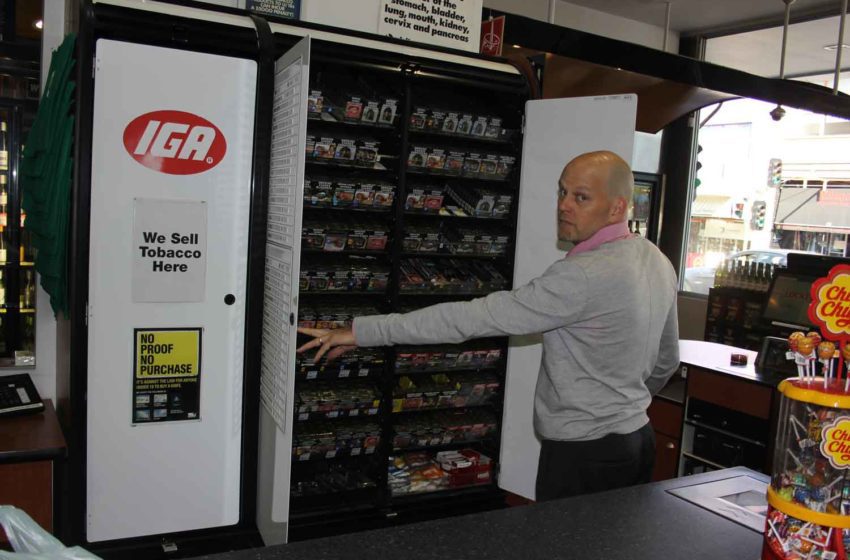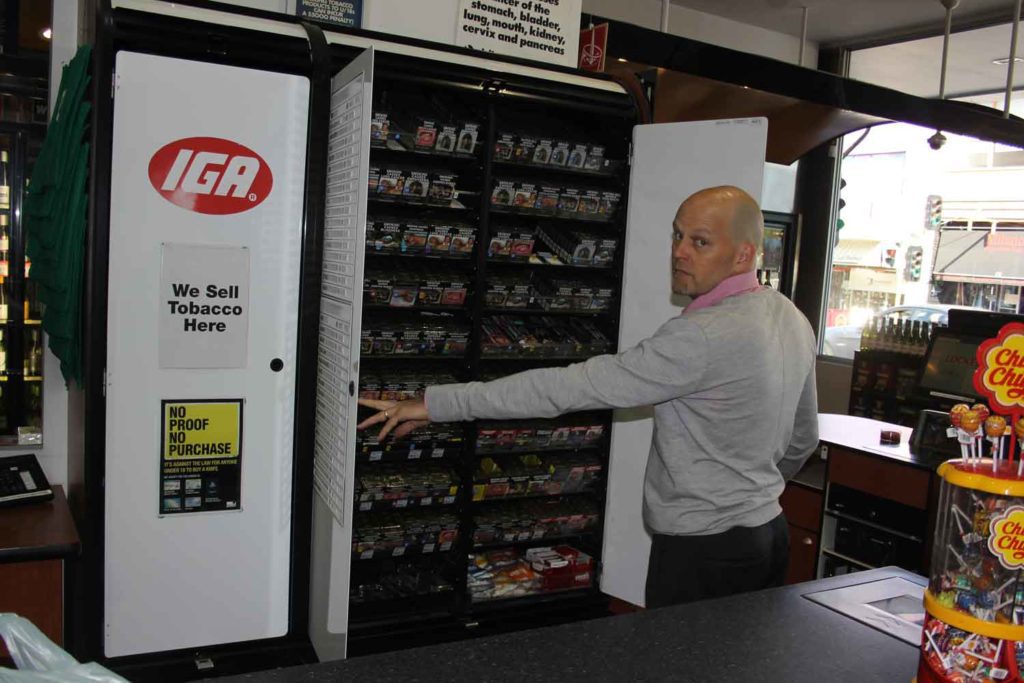Plain in Vain
- Also in TR Packaging Print Edition
- June 1, 2022
- 0
- 7 minutes read


Standardized cigarette packaging is not the miracle cure for reducing smoking prevalence, studies indicate.
By Stefanie Rossel
December 2022 will mark the 10th anniversary of the introduction of plain cigarette packaging in Australia, which was the first country to require tobacco manufacturers to market their products in generic unbranded packs. By lowering the appeal of tobacco products to consumers, legislators hoped standardized packaging would help reduce smoking prevalence.
Since then, more than 20 countries and territories have followed suit, including France and the U.K. (both 2017), Saudi Arabia and Turkey (both 2019), and Hungary and Myanmar (both 2022), according to a report released by the Canadian Cancer Society (CCS) in conjunction with the ninth session of the Conference of the Parties to the World Health Organization Framework Convention on Tobacco Control (FCTC) last November. CCS Senior Policy Analyst Rob Cunningham said there was a “strong, unstoppable global trend for countries to implement plain packaging.” Noting that the pace of implementation was accelerating, he concluded, “These developments are very encouraging as plain packaging is a key measure to protect youth and to reduce tobacco use.”
But is it really? Above all, plain packaging is an inexpensive measure that can be implemented more easily than other FCTC tobacco control measures, such as establishing a national tobacco cessation system. But how successful has plain packaging been in the past decade in achieving its goal? If standardized packaging is the lifesaving measure that organizations such as Tobacco-Free Kids make it out to be, surely its impact should be measurable?
Lack of Unambiguous Evidence
There is abundant scientific research on the effect of standardized packaging, but study outcomes remain inconclusive or even contradictory. Often, study design is limited and does not take external factors into account, thus distorting the results.
A 2016 study commissioned by the Australian Department of Health and authored by Tasneem Chipty, for example, concluded that the combination of plain packaging and updated and enlarged graphic health warnings is succeeding in reducing smoking prevalence. Chipty estimated that plain packaging policy contributed approximately 0.55 percent of the 2.2 percent decline in smoking prevalence over the 34 months following implementation. What the author did not consider, however, was a hefty increase in tobacco excise introduced at approximately the same time as standardized packaging.
Similarly, researchers of the Tobacco Control Research Group in 2020 found that the underlying rate of decline in tobacco sales almost doubled after the U.K. started requiring plain packaging in May 2017. According to the study, monthly sales declined from 3.29 billion cigarettes in May 2015 to 3.16 billion cigarettes in April 2018. According to the U.K. Office for National Statistics, however, smoking prevalence had fallen significantly more in the years before the introduction of generic packaging as many smokers had switched to reduced-risk alternatives.
Weak Designs
A July 2021 study by Luiss Business School, Luis Guido Carli University and Deloitte Financial Advisory commissioned by BAT, which looks at the efficacy of plain packaging in the U.K. and France, sums up the weaknesses of many studies in this field.
Claims about the success of generic packaging, the authors say, are often based on survey data that measure the impact of the measure on downstream psychosocial variables or “intermediate outcomes,” such as perceptions relating to the appeal and harm of tobacco products and attention to health warnings, and self-reported beliefs and intentions regarding future smoking behaviors. Whether these variables impact behaviors in due course is left unexamined.
In addition, the authors claim, proponents of standardized packaging often refer to continuing reductions in smoking rates and consumption-related data that has not undergone any econometric analysis. Without accounting for potentially confounding factors, such as price increases, seasonal trends and preexisting consumption trends, it is impossible to draw firm conclusions from such data alone.
According to the authors, econometric analysis is also required to assess research suggesting that plain packaging, contrary to its objective, increased tobacco use. Several studies concluded that generic packaging reduced brand loyalty, prompting smokers to move from premium to discount brands, which in turn allowed them to purchase more cigarettes for the same amount of money. However, such studies omit confounding factors, such as tax increases, according to the Luiss Business School researchers.
The Holistic View
To generate more useful data, the Luiss Business School study takes a broader view. It is also the first study to investigate consumption data for more than three years of generic packaging in each of the two countries examined, which is a longer time frame than that studied in previous analyses and thus allows for more robust conclusions on the initial impacts of plain packaging, according to the authors.
Unlike previous studies on the situation in France and the U.K., the Luiss Business School report performed a set of different econometric models, including a structural break analysis to understand whether the implementation of generic packaging in the two countries caused a real change in the cigarette consumption trend. The authors say they found no such structural break as a result of plain packaging.
Additionally, the researchers ran a regression model estimation where cigarette consumption is regressed on a set of covariates including plain packaging. After controlling for alternative explanations, such as price, generic packaging had no statistically significant impact on cigarette consumption in the U.K. and France, according to the researchers.
The authors also compared cigarette consumption trends in France and the U.K. with those in Italy and Germany, which still allow branded tobacco packaging. Again, the estimated effect of plain packaging was indistinguishable from zero. In France, however, the measure was associated with a statistically significant—and unintended—increase in per capita cigarette consumption of 5 percent (relative to the counterfactuals and up to October 2020, the end of the investigated time series).
Altogether, the study authors conclude, there is no evidence that standardized packaging has reduced cigarette consumption in the two investigated countries after more than three years of full implementation in each jurisdiction. They also point out that their analysis doesn’t include shifts to the consumption of reduced-risk products.
Eurobarometer data shows that the share of e-cigarette users rose from 2 percent in 2017 to 6 percent in France in 2020 and from 2 percent to 4 percent in the U.K. over the same period. Both countries also had a share of 1 percent of current heated-tobacco product users in 2020. According to the survey, stopping or reducing tobacco consumption was the most frequently cited reason for taking up e-cigarettes.
This data suggests that the impact of reduced-risk products might have also contributed to the decline in cigarette consumption in the U.K. and France. Not including the shift to these products would likely bias the analysis in favor of finding an effect of standardized packaging, according to the study.

